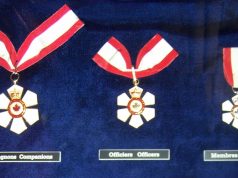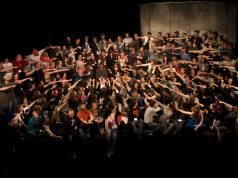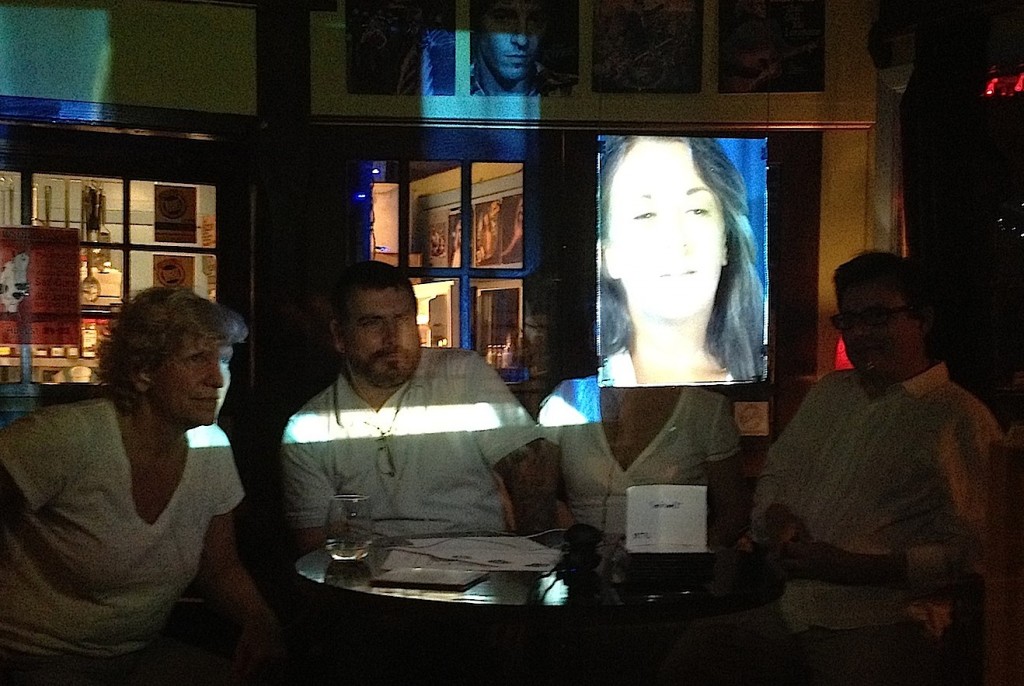
I left Toronto at some point in the late 1990s. I wasn’t moving to a specific location, I essentially didn’t have a place to live, and I went from city to city and couch to couch, wandering for a few years.
I left Toronto because I was lost: I was too heartbroken over the great friends that died in the 90’s from AIDS, and too shattered by Harris’ cold right-wing government and the clear swing to the right that our culture had taken. I felt like I had to ‘run to the hills’. Art was becoming so fully commercialized by that point too – the market had won and growth was unstoppable. Little did I know how much worse it could get.
Before I left, I received a grant to do one small show. I believe it was $6,000 from the Toronto Arts Council. I had one grant left, one project left to do, and once I did that, I would be gone – likely to never work in a theatre again. I would find a new life entirely and quit this artist thing once and for all.
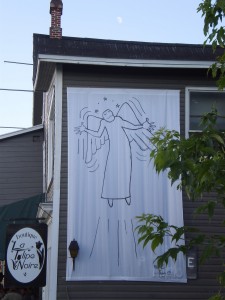
The last show I did in Toronto did better than I could have ever imagined – thanks of course to the great collaborators on this project, too many to mention here. It began to tour to international festivals, so my decision that I would no longer work as an artist was suspended. But I still didn’t have a place to live.
For a number of reasons, I was drawn to Wakefield, Quebec. I’m a Quebecer that speaks English extremely well. Wakefield, Quebec is one of those places where there are others like me, hybrids between two of this country’s founding peoples. It seems like we understand each other and know how challenging it can be at times to exist with two cultures in your heart, two cultures that don’t always get along.
Wakefield is in the Gatineau Hills, and that’s where I was born. It is very close to Ottawa, so when people ask me if I live in some remote wilderness, that is not quite true. Yes, I grow a lot of my own food and I spend more time in nature then my city friends do, but I’m still very close to a major city.
As with everything, there are pros and cons to my decision to work out of a village instead of a city. Certainly, as an artist, there is far less funding here than in Toronto, especially for an Anglo artist in Quebec. Municipally, they are not interested in funding art; they are interested in bigger events, things that will bring in tourist dollars. Artistically, it’s hard to meet people in a village who are as dedicated to the kind of art form that you love, and as willing as you are to sacrifice for it. The people in Wakefield have many, varied passions that they dedicate their lives to. That being said, I do meet those kinds of people in Ottawa. The culture and entertainment choices, although great for a village of Wakefield’s size, are nowhere near as diverse as in the bigger centers.
The pros are many too: I have the opportunity to develop different kinds of working relationships here, to work with artists from completely different mediums because we feel like it, and I have the chance to be inspired by nature, because it’s all around me. I also have the chance to support the next generation of Ottawa artists, by bringing on Sarah Conn, an Ottawa native, into the company and charging her with not only developing her own work, but also to help develop different kinds of opportunities for Ottawa artists (like subDevision, a project she and a number of other Ottawa artists have created to help support the development of new work and to build up their community).
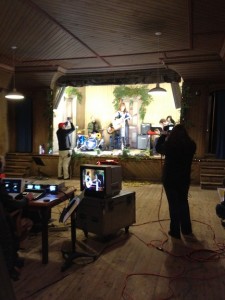
One of the main reasons why I am here is because I get to do projects that would be unimaginable in a bigger city center: projects that I make with the locals, where we all work together to create something wild, fun and free. And it’s in those moments of unmediated creativity and fun, where my ideas for STO Union get formed, ideas which turn into projects that I am lucky enough to bring to audiences in Canada and abroad.
So, yes, I moved here because this is where I get my inspiration and it’s also where I am from, and that is likely the simplest reason why I am here. As an artist, when you know where you are from, it frees you in so many ways. It allows me to see the world in a clearer fashion: I get to know my limitations and biases, and I get to know my strengths. This region taught me those things, and it inspires me to make art out of them.
When I was apprenticing with Manfred Karge at Vienna’s Burghteater, in the early 1990s, he said two things that kind of seared my young mind:
- Don’t be afraid of not knowing what to do
- Know where you are from
It was like a riddle to me, something that I kept thinking about for years. I think it was good advice.
Nadia Ross is the Artistic Director for STO Union, an independent theatre company that specializes in new performance creations for local, national and international audiences.






